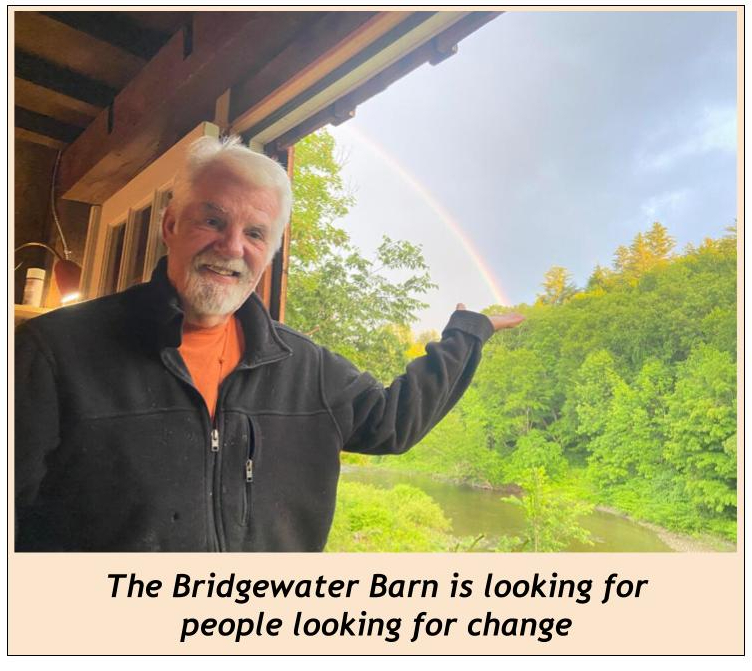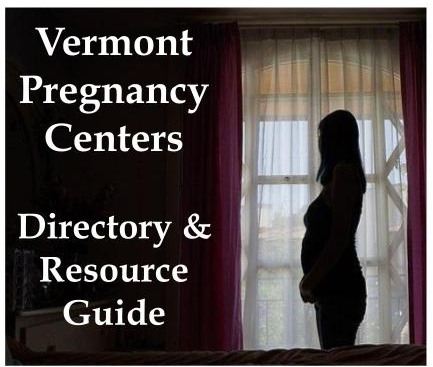By Rob Roper
While Vermont public school officials are carping about returning to the classroom![]() post Covid, calling for higher taxes to pay for their pensions, and are otherwise consumed with controversies over mascot names and what flags get to fly on school grounds, Vermont families have been driving an interesting trend – using Vermont’s 150 year old school choice “tuitioning” program to put their kids into independent schools.
post Covid, calling for higher taxes to pay for their pensions, and are otherwise consumed with controversies over mascot names and what flags get to fly on school grounds, Vermont families have been driving an interesting trend – using Vermont’s 150 year old school choice “tuitioning” program to put their kids into independent schools.
“Tuitoning” is a benefit in 45 of Vermont’s school districts (out of 110) that do not have public schools at one or more levels, so parents are allowed to use their child’s per pupil portion of the education fund to pay for access to any public or approved independent school, in state or out. It is very popular in the communities that have it.
According to a March 30 report put out by the Vermont State Auditor’s office, between the 2008/9 and 2018/19 school years, the number of Vermont students in the public K-12 system declined by 12 percent, falling from 85,079 to 74,930 students – a loss of over 10,000 kids. However, the number of students who tuitioned to approved independent schools increased in total from 3701 to 3842, and the number of kids tuitioning to in-state Vermont independent schools jumped 8 percent from 3147 to 3407.
This was before Covid, and does not include the more than doubling of the number of home schoolers in 2020/2021 to more than 4000, nor does it include at any point the number of Vermont parents who choose to pay out of their own pockets to send their children to independent schools, especially Catholic schools, which managed to remain safely open and in-person throughout the pandemic.
This trend is, of course, alarming to the public school bureaucracy on its own, and doubly so given the fact that two recent court cases have expanded Vermont’s school choice options, and a third now pending could make tuitioning available to all. As such, the Auditor’s report feels a bit like a fishing expedition looking for avenues to attack Vermont’s independent schools.
If so, it doesn’t do a very good job.
The main issue the report tries to highlight is cost, pointing out that the 5% of the school aged population that tuitions to independent schools cost taxpayers $99.4 million for the 2018/2019 school year. It notes that the majority of independent schools set their tuition at the statutory “voucher” rate set by the state of $13,910 for elementary tuition and $15,618 for secondary school tuition, but that twenty-nine tuitioning districts voted to pay higher tuition ranging from $990 to $3,570 more, and this additional cost is $3.6 million of that $99.4 million.
But here’s what the Auditor doesn’t mention. The average per pupil cost in Vermont’s public school system for 2018/19 was $19,340 — $3,722 more than the predominant tuition rates charged by independent schools, and $152 more than the most expensive independent school option. In other words, even the most expensive independent schools are a better deal on average for the taxpayer, and the majority of the time they are roughly 20% less expensive. And, armed with their tuitioning voucher, no family, no matter their household income, is priced out of these independent schools.
Yes, if those twenty-nine communities hadn’t voted for higher tuitions for their kids and stuck with the $15,618 per pupil rate, it would have saved the taxpayers $3.6 million out of a $1.87 billion budget. But, on the other hand, if public school per pupil spending were set at the independent level of $15,618, it would have saved Vermont taxpayers roughly $374,000,000. Your choice. (Pun intended.)
The other cost alarm the Auditor tries to raise regarding independent schools is an increase in the number of tuitioning students requiring special needs, noting that 26 percent in 2018/19 required IEPs (Individualized Educational Programs), up from 22 percent in 2008/9. But, in pointing this out, the Auditor busts the myth that independent schools “cherry pick” the best performing, least challenging students, explaining away their superior performance to public schools. In fact, according to the Agency of Education, the percentage of students with IEPs in the public schools was 16.3 percent, 10 percentage points lower than the independents.
What the Auditor’s report reveals without intending to is that Vermont’s independent schools are actually attracting – and accepting — more special needs students because mission driven independent schools do a better job of meeting their needs, and these schools are doing it for significantly less taxpayer money than the public schools.
If the Auditor’s office wants to probe the costs and benefits of independent schools in Vermont, that’s great. Transparency and accountability are good things. But how about a fair, side by side comparison with the public school system, and not just on costs, but also on student outcomes. Parents are making those comparisons themselves today, and we’re seeing the results.
– Rob Roper is president of the Ethan Allen Institute.
Categories: Education







Great article Rob! Thank you!
Yes, School Choice Tuitioning is the most cost-effective educational program available to Vermonters, and, hopefully, soon all Vermonters will have the option to tuition their children to the school of their choice, whether or not their school district maintains a public school.
But more important to Vermont parents and taxpayers is the cost benefit analysis. Not only do public schools cost more, the performance of students still held hostage in them is disgraceful. Merit based performance in public school has become verboten. Not only does everyone get a trophy, while 90% of Vermont high school students graduate, only half of them meet grade level academic standards, explaining why only 40% of those graduates go on to college. And of those 40% who do attend college, approximately half require remedial instruction before taking their college level courses, which explains why many of them never graduate with a degree – even after racking up student debt.
The argument that ‘tuitioning’ takes money away from the public school is putting the cart before the horse. What’s happening is that the public school system, a quasi-monopoly, is extorting money from taxpayers by forcing low-income families to send their children to them while they perpetuate our increasingly dysfunctional society.
School Choice is the single most important civil rights issue of our time.
Independent schools and home schooling are such great things as it is good news in these troubled times!!That leaves us as to what to do with public schools that are mainly child care facilities,that are way over priced,and have immoral and inadequate curriculums,and are frankly unsustainable for what they cost and total lack of a proper education!Just shut them down!!
What to do with public schools? First, enable School Choice Tuition Vouchers for all Vermont parents. Second, let the free market determine what happens to each public school. If they lower costs and increase education outcomes, the same way alternative choices do, those public schools will be fine. If they don’t – they’ll shut themselves down and be replaced.
Being a life member of NEA and involved with schools as a teacher, administrator and School Psychologist for nearly 45 years in both Private and Public Schools I’ve formulated some strong biases.
1. The American public school experiment has failed. (It doesn’t serve the parents who are in charge of educating their children)
2. Learning is an active verb exercised by a purposive learner, not by 3rd parties.
3. Parents are the guides for their children’s learning and they may secure schooling and teachers as vended service for their learners. (Parents as customers will hold the venders accountable.)
4 . Teachers have been co-opted by a powerful but short sited guild and are captives of a monopolistic schooling enterprise. Teaching and Schooling should be untethered from their servitude to unions and the monopolistic public school system extorting the public. Teachers have skills. They would be better served if they were unfettered in their connection to customers.
5. Monies collected from the public for the grand social purpose of an educated citizenry should STAY with the learners themselves. The families will purchase and manage the vended services they enlist to help with the education of their children.
6. Teaching/schooling is a market that has been corrupted. Give the money back to families and get out of teachers’ way.
I don’t take your points as ‘bias’, although I acknowledge we all have them. Your points are reasoned deductions and can be substantiated by myriad peer reviewed studies of the effect School Choice has on participating schools and teachers (public and private), not to mention the positive psychological effect of intrinsic motivation on the parents, their children, and the teachers who provide educational goods and services.
I’m also not sure that teachers have been ‘co-opted’. The characterization is generous, to say the least. They, as you, are reasonable and understanding people for the most part. They know better. Which is why I remain pessimistic about the future of our children’s well-being.
“Of all tyrannies, a tyranny sincerely exercised for the good of its victims may be the most oppressive… those who torment us for our own good will torment us without end for they do so with the approval of their own conscience.” — C. S. Lewis, God in the Dock Essays on Theology (Making of Modern Theology)
You said it!!!